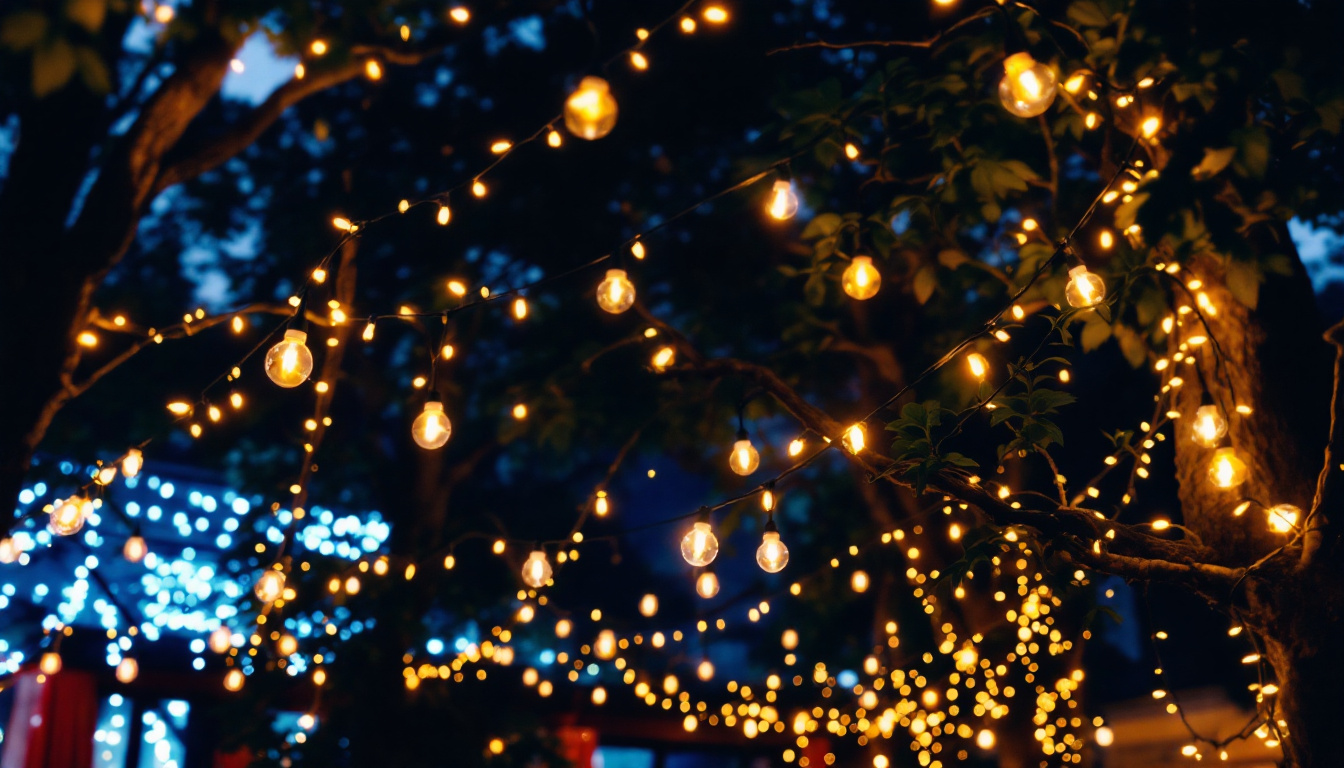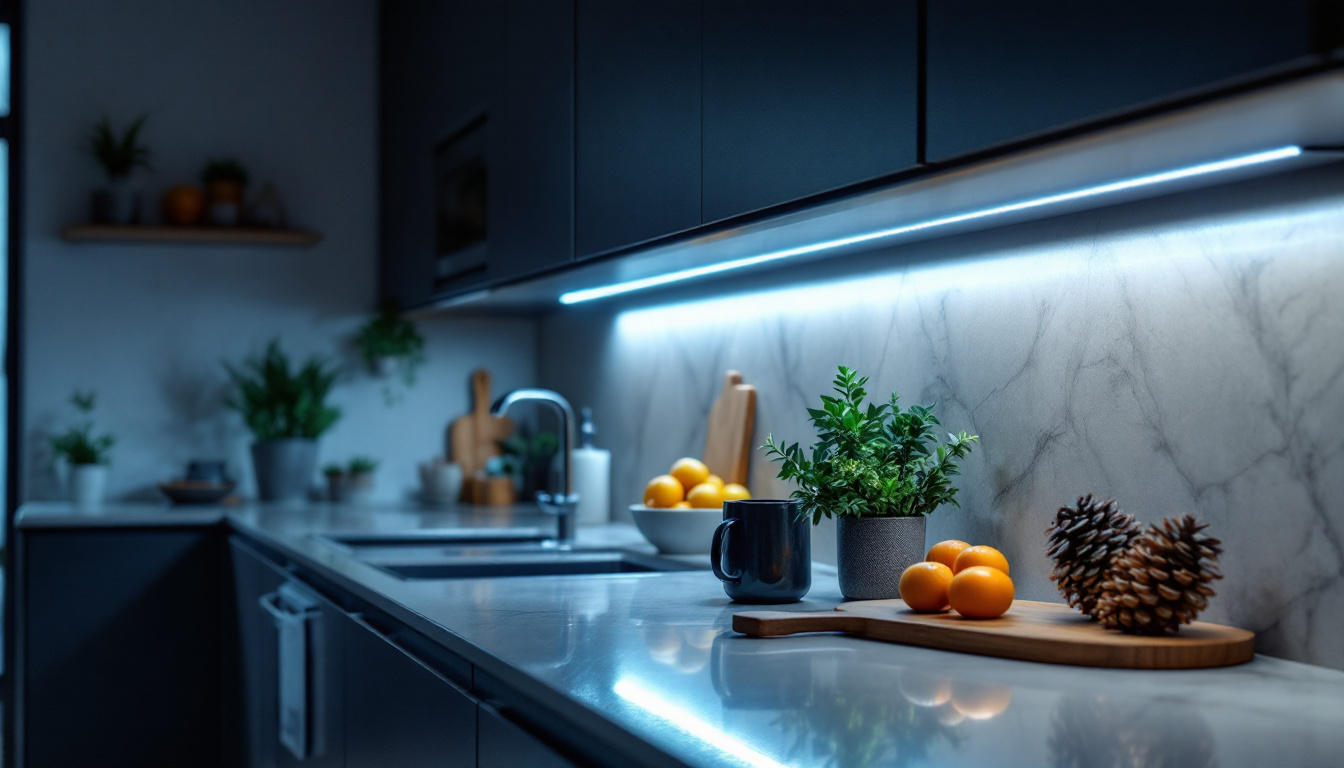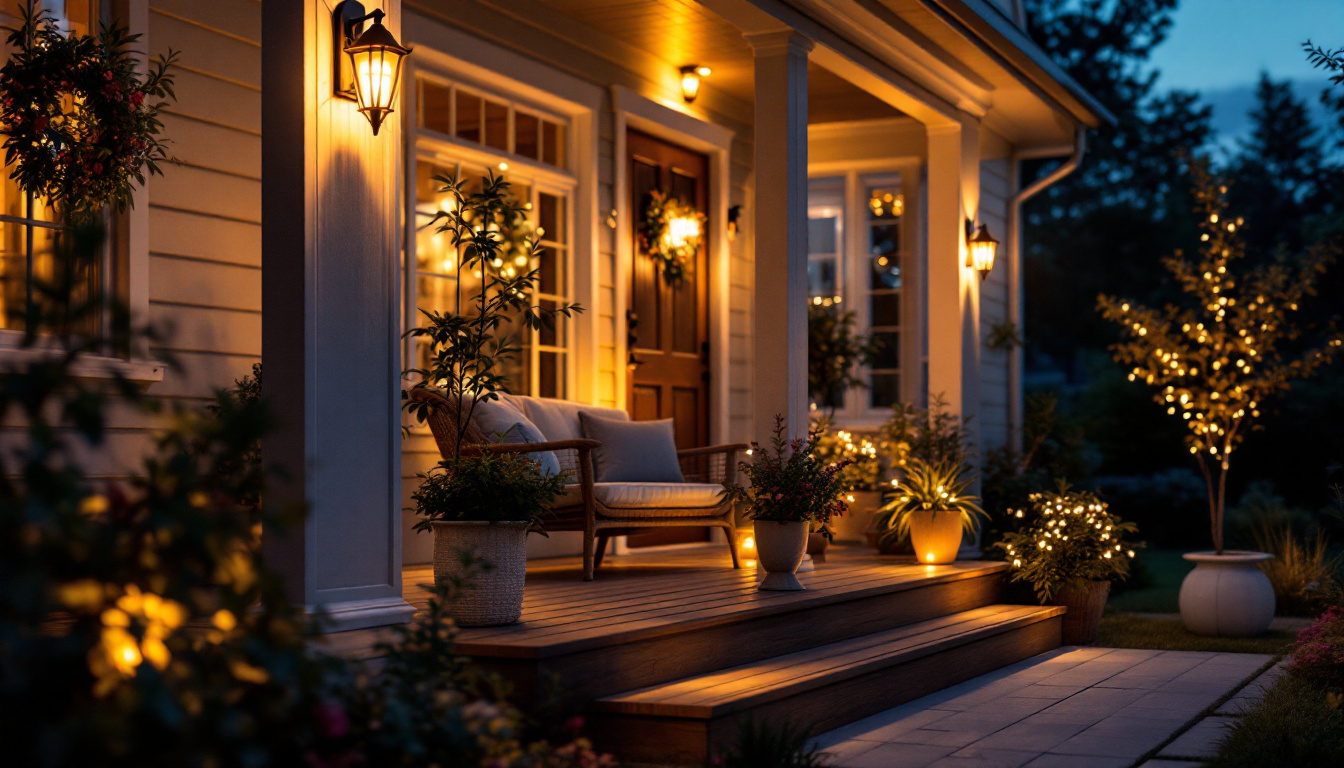
Lighting projects can be intricate and challenging, especially when it comes to selecting the right fixtures. Fluorescent light fixtures have long been a staple in commercial and industrial settings due to their efficiency and longevity. However, improper planning and execution can lead to costly mistakes that affect both the budget and the overall effectiveness of the lighting solution. This article aims to guide lighting contractors in navigating the complexities of fluorescent lighting projects to avoid common pitfalls.
Before diving into the specifics of project management, it is crucial to understand the technology behind fluorescent lighting. Fluorescent fixtures operate by passing an electric current through a gas, which produces ultraviolet light. This light then excites a phosphor coating on the inside of the bulb, resulting in visible light. This process is what makes fluorescent lights energy-efficient and long-lasting. Unlike incandescent bulbs, which emit light through a filament, fluorescent lights convert a larger portion of energy into visible light, making them a more sustainable choice for both residential and commercial applications.
Fluorescent fixtures come in various shapes and sizes, including tube lights, compact fluorescent lamps (CFLs), and more specialized forms. Each type has its unique applications and benefits, which must be considered when planning a lighting project. For instance, tube lights are often favored in offices and warehouses due to their ability to illuminate large areas effectively, while CFLs can be used in table lamps and ceiling fixtures, providing versatility in home lighting solutions.
Understanding the different types of fluorescent fixtures is essential for making informed decisions. Tube lights are commonly used in commercial settings, while CFLs are more suited for residential applications. Specialized fixtures, such as high-output fluorescent lights, can be used in environments requiring higher illumination levels. Furthermore, there are also linear fluorescent lamps that are designed for specific applications, such as horticultural lighting, which is tailored to support plant growth by emitting light in the spectrum that plants require.
Contractors should also be aware of the advancements in fluorescent technology, such as electronic ballasts that provide better performance and energy efficiency compared to traditional magnetic ballasts. These electronic ballasts not only reduce flickering and noise but also extend the lifespan of the bulbs by providing a more stable current. Choosing the right type of fixture can significantly impact both the initial costs and long-term energy savings. Additionally, understanding the color temperature of fluorescent lights—ranging from warm white to cool daylight—can help in creating the desired ambiance in a space, influencing everything from productivity in an office to comfort in a home setting.
Effective lighting design is a critical step in any project. It involves not just selecting the right fixtures but also understanding the specific needs of the space being illuminated. Factors such as the purpose of the room, the activities taking place, and the desired ambiance all play a role in the design process.
Contractors should conduct a thorough assessment of the space, including measurements, existing lighting conditions, and the intended use of the area. This information is vital for determining the appropriate type and number of fixtures needed.
A comprehensive needs assessment will help identify the specific requirements for the lighting project. This includes understanding the tasks that will be performed in the space, the level of brightness required, and any aesthetic considerations. For instance, a warehouse may require bright, uniform lighting for safety and productivity, while a retail space might benefit from softer, more inviting illumination.
Additionally, consider the potential for future changes in the space. Will the area be repurposed? Are there plans for additional equipment that may require more lighting? Addressing these questions during the planning phase can prevent costly adjustments later on.
Once the needs assessment is complete, the next step is to create a lighting layout. This involves determining the placement of fixtures to achieve optimal light distribution. A well-designed layout ensures that there are no dark spots or overly bright areas, which can lead to discomfort and decreased productivity.
Utilizing design software can greatly assist in visualizing the layout and making adjustments as needed. It’s also beneficial to consult with clients during this phase to ensure their expectations align with the proposed design.
The selection of fixtures is one of the most critical aspects of any lighting project. With a plethora of options available, contractors must carefully evaluate each choice based on performance, energy efficiency, and cost.
Fluorescent fixtures vary in terms of color temperature, lumen output, and efficiency ratings. Understanding these specifications will help contractors select the best fixtures for their projects, ensuring they meet both functional and aesthetic needs.
Energy efficiency is a significant consideration in today’s lighting projects. Fluorescent lights are generally more energy-efficient than traditional incandescent bulbs, but not all fluorescent fixtures are created equal. Look for options that feature electronic ballasts and higher lumens per watt ratings to maximize energy savings.
Additionally, consider the long-term costs associated with maintenance and replacement. Investing in higher-quality fixtures may incur a higher upfront cost but can lead to significant savings over time through reduced energy consumption and lower maintenance needs.
Color temperature is another crucial factor that can affect the overall atmosphere of a space. Fluorescent lights come in various color temperatures, typically measured in Kelvins (K). A higher color temperature (5000K and above) produces a cooler, more clinical light, while a lower temperature (3000K to 4000K) provides a warmer, more inviting glow.
Lumen output, which measures the total amount of visible light emitted by a fixture, is equally important. Ensure that the selected fixtures provide adequate illumination for the intended tasks without causing glare or discomfort.
Proper installation is vital to the success of any lighting project. Even the best fixtures can underperform if not installed correctly. Contractors must adhere to industry standards and guidelines to ensure safety and functionality.
Before installation begins, it is essential to review the project plan and layout thoroughly. This ensures that all team members are on the same page and minimizes the risk of mistakes during the installation process.
Safety should always be a top priority during installation. Contractors must ensure that all electrical work complies with local codes and regulations. This includes proper grounding, circuit protection, and the use of appropriate materials.
Additionally, workers should be equipped with the necessary personal protective equipment (PPE) and trained in safe handling procedures for fluorescent fixtures, which can be fragile and contain hazardous materials like mercury.
After installation, conducting thorough testing is essential to ensure that all fixtures are functioning as intended. This includes checking for proper illumination levels, verifying that all fixtures are securely mounted, and ensuring that there are no flickering lights or other issues.
Quality assurance checks should also include reviewing the overall aesthetic of the lighting design. Are the fixtures evenly spaced? Do they enhance the space as intended? Addressing any issues at this stage can save time and money in the long run.
Once the installation is complete, ongoing maintenance is crucial to ensure the longevity and performance of fluorescent fixtures. Regular upkeep can prevent premature failures and maintain optimal lighting conditions.
Contractors should establish a maintenance schedule that includes routine inspections, cleaning, and bulb replacements. This proactive approach can significantly extend the lifespan of the fixtures and improve overall energy efficiency.
A well-defined maintenance schedule should outline specific tasks, frequency, and responsible personnel. Regular inspections can help identify potential issues before they escalate, such as flickering lights, dimming, or physical damage to fixtures.
Cleaning fixtures is another essential aspect of maintenance. Dust and debris can accumulate over time, reducing light output and efficiency. A simple cleaning routine can go a long way in maintaining optimal performance.
Educating clients about the importance of maintenance can foster a collaborative relationship and ensure that the lighting system remains in good condition. Provide them with guidelines on how to care for their fixtures, including when to call for professional assistance.
By empowering clients with knowledge, contractors can help them make informed decisions regarding their lighting systems, ultimately leading to better satisfaction and fewer issues down the line.
Despite careful planning and execution, mistakes can still occur in lighting projects. Being aware of common pitfalls can help contractors avoid these issues and ensure a successful outcome.
Some frequent mistakes include underestimating the number of fixtures needed, failing to account for future changes in the space, and neglecting to consider the unique requirements of different areas. Taking the time to address these factors can save both time and money.
One of the most significant mistakes contractors can make is failing to consider the future needs of a space. As businesses evolve, so do their lighting requirements. Planning for flexibility in the lighting design can prevent costly retrofits later on.
Discussing potential future changes with clients can help identify areas where additional fixtures may be needed or where existing fixtures can be repurposed. This foresight can lead to a more sustainable and adaptable lighting solution.
Client input is invaluable throughout the lighting project. Ignoring their preferences or failing to communicate effectively can lead to dissatisfaction with the final outcome. Regular check-ins and open dialogue can ensure that the project aligns with the client’s vision and expectations.
Encouraging clients to provide feedback during the design and installation phases can lead to better results and a more collaborative working relationship.
Fluorescent lighting projects offer numerous benefits, including energy efficiency and longevity. However, avoiding costly mistakes requires careful planning, execution, and maintenance. By understanding the technology, conducting thorough assessments, selecting the right fixtures, and adhering to best practices, lighting contractors can ensure successful outcomes for their projects.
Investing time and effort into these areas not only enhances the quality of the lighting solution but also fosters positive relationships with clients. In the competitive world of lighting contracting, delivering exceptional results can set a contractor apart and lead to long-term success.
Ready to elevate your lighting projects and avoid costly mistakes? Choose LumenWholesale for your fluorescent lighting needs. Our spec-grade lighting products offer the quality and efficiency you require, at wholesale prices that protect your bottom line. With LumenWholesale, you’ll find an extensive selection that meets rigorous industry standards, ensuring every project shines with reliability and high performance. Plus, with free shipping on bulk orders, you can stock up on superior lighting solutions without worrying about hidden fees. Don’t compromise on quality or value—Wholesale Lighting at the Best Value is just a click away. Transform your lighting projects with the perfect blend of affordability and convenience at LumenWholesale.

Discover the essential guidelines for lighting contractors on using UV light for sanitization.

Illuminate your projects with expert insights! Discover essential tips and considerations for lighting contractors working with outdoor string lights, from installation techniques to design trends, ensuring every space shines brilliantly..

Explore how under-cabinet lighting can revolutionize your home’s energy efficiency.

Illuminate your outdoor spaces with ease! Discover the benefits, installation tips, and maintenance secrets of solar porch lights in this comprehensive guide.